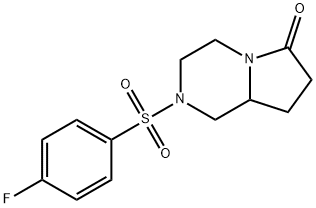Description
Unifiram (DM-232) is structurally similar to Sunifiram, and is a highly potent AMPAkine-line compound with effective cognition-enhancing and anti-amnesiac effects in animal models. Although sometimes grouped with racetam compounds, Unifiram is technically not a racetam due to the broken pyrrolidone backbone.
Animal research has shown that Unifiram has a significantly greater Nootropic potency than Piracetam or Phenylpiracetam. Unifiram is shares structural similarities to Sunifiram. Animal models show similar modes of action for both compounds – increased cognitive performance and anti-amnesiac effects through interactions with the glutamatergic system and particularly through AMPA-receptor activation.
Uses
Unifiram is a highly potent AMPAkine-like nootropic with antiamnesic and cognition-enhancing effects in animal studies at up to three orders of magnitude higher potency than piracetam.
benefits
Unifiram is believed to improve learning, memory, concentration, mental energy and basic cognition.
Mode of action
Although the Unifiram did not show any affinity for several important binding sites, it was found to prevent amnesia through modulation of various neurotransmitter systems and by increasing acetylcholine release in the cerebral cortex.
Unifiram's mechanism of action is known to be similar to that of Sunifiram. Sunifiram's mechanism of action is better defined than that of Unifiram, and we will briefly explain it here.
At a dosage range of 10-100nM, Sunifiram enhances NMDA-dependent signaling by increasing PKCα phosphorylation – dependent on glycine binding site availability and as an antagonist to glycine. The observable increase in AMPA receptor activation activity post-administration has been associated with increases in CAMKII and PKCα phosphorylation. Furthermore, the increased activity of AMPA receptor activation has been associated with increased CAMKII and PKCα phosphorylation.




